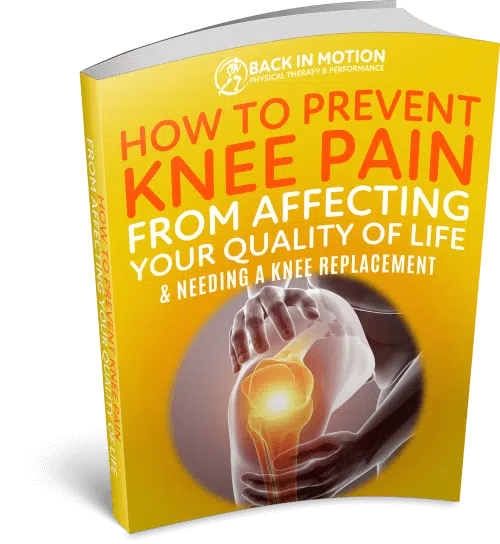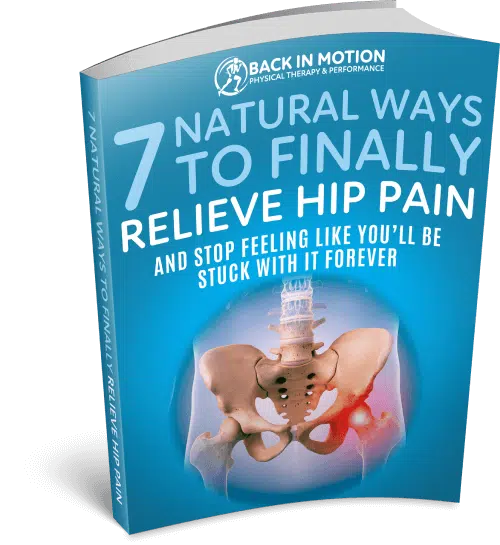How The Gray Method™ Can Help With Bunions
Have you had surgery to remove your bunions only to have them grow back?
Bunions can be extremely uncomfortable and painful. Most bunions cannot be self-treated and require medical attention for long-term relief.
However, the good news is that there are non-surgical options that can help you out.
Most medical professionals will recommend surgery to remove painful bunions.
The problem….
Surgery doesn’t get to the root cause of your bunions and simply addresses the symptoms.
And because of that, bunions will gradually return after removal.
This article will cover the definition and symptoms of bunions, followed by how physical therapy is the best non-surgical bunion treatment option that helps to improve and alleviate the discomfort caused by bunions.
What Is A Bunion?
A bunion is defined as a bump or a protrusion that develops on the side of the foot. It mostly appears at the joint where the foot meets the big toe. A bunion can be classified into four categories: mild, moderate, large, and severe. Although there can be many causes for bunions, the most reported causes include:
- Foot shape
- Flat arches
- Loose joints
- Weak/tight hips
- Osteoarthritis
- Heredity
Bunions can be aggravated by wrong, ill-fitting footwear as the shoe rubs against the bump, causing increased swelling and discomfort for the individual.
The reason bunions are likely to reform after surgery is because if your bunions for example are caused by weak or tight hips, simply removing your bunions doesn’t address the hips right?
Thus, your bunions can return as your feet will continue to compensate for your weak hip.
In order to fix the root cause of your bunions, you have to make a conscious effort to improve and retrain your biomechanics.
Sometimes it can be as simple as learning to use and strengthening the entire kinetic chain, but in most cases it is necessary to address the cause of the dysfunction that led to the problem in the first place.

What Are The Symptoms Of Bunions?
Individuals can experience a variety of symptoms when it comes to bunions. It is often experienced by women and older people. A few common signs that people often report include:
- Swelling, irritation, and pain in and around the joint connecting the foot and big toe. It is often exacerbated by movement
- You may also notice a gradual increase in the size of the bump, leading to greater pain and difficulty in walking
- A noticeable change in your gait
- Pain and discomfort while wearing shoes, especially closed-toed, tight shoes
- Compromised balance, leading to greater chances of falling
- Physical deformities where the toes are crowded close to each other
- Noticeable decrease in the quality of life because of pain and irritation caused by the bump
If you are experiencing any of the above-listed symptoms, we highly suggest you book a consultation with a physiotherapist.
How Can Physical Therapy Help With Bunions?
The philosophy behind physical therapy is improving the overall mobility and flexibility of the body.
The therapy focuses on improving the person’s health and quality of life by addressing the physical pain present in the body.
Consulting a physiotherapist can help determine the root cause of your bunion and address it accordingly.
Medical professionals like physical therapists are trained to observe walking patterns, how to place your feet, and deal with the overall trauma on the injured site to determine the right course of action.
Physical therapists check for the severity of the bunion before recommending a course of action.
In most cases, a physiotherapist can help the patient with a wide range of treatments that help with the pain and injury.
These treatments include pain management, exercise, gait training, and greater awareness about proper footwear and movement.
Physical therapy aims to improve the correct angle of the big toe so that it does not rub against the joint. Added benefits include increased muscle strength, flexibility, and mobility.
Once the appropriate diagnosis is made, the doctor and patient work together to create a program to reduce the pain and the size of the bunion.
Physical Therapy’s Approach To Bunions
Manual Therapy
With manual therapy, the physiotherapist focuses on gently massaging and moving the big toe an anchor to improve mobility and flexibility of the joints. The aim is to reduce the stiffness in the area and increase the range of motion. In addition, manual therapy can address concerns that are generally difficult to self-treat.
Exercise
Exercise includes a wide variety of motion movements that help restore normal mobility of the foot. The aim is to reduce the stress caused by the bunion on the big toe. Exercises include gait training and stretching to improve the range of motion of the foot.
Functional Training
Once the patient has regained strength, motion, and muscle in and around the big toe, foot, and ankle, the focus turns to more rigorous exercises. Here the job of the physical therapist is to customize a series of exercises that will help reduce the stress on the bunion.
Orthotics And Other Physical Tools
The physical therapist may recommend using tools like splints, shoe inserts, and other devices that may improve the foot’s overall range of motion.
Splints are often used to mitigate the stress and pain on the big toe. Bespoke and over-the-counter arch supports, also known as foot orthotics, are used to keep the ankle and the foot in the appropriate position while walking.
Finally, a cane or a crutch can help relieve pressure on the foot and improve the individual’s ability to walk.
Your Ticket To Non-Surgical Bunion Treatment…
If you have been suggested or thinking about surgery for your bunions, think again!
Surgery does not fix the underlying cause of bunions which could be
If you or someone you know is suffering from bunions and you’re looking for non-surgical treatment, sign-up for a free bunion analysis with one of our Doctors of Physical Therapy in either our Fort Myers, Florida or Cape Coral, Florida clinics.
We’ve helped 100’s of people just like you improve the appearance and pain of their bunions and we can help you too!









